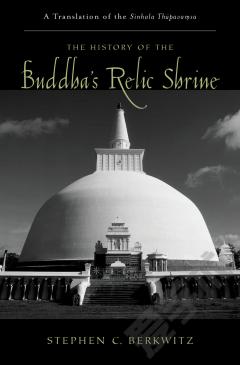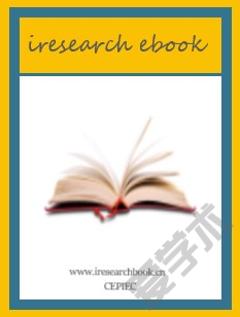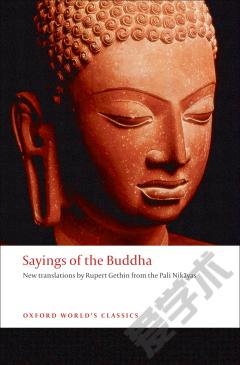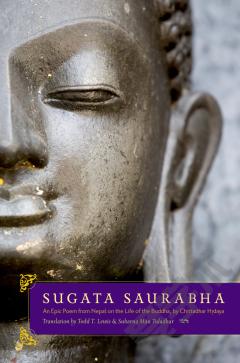The History of the Buddha's Relic Shrine —— A Translation of the Sinhala Thūpava.msa
----- 佛教纪念地历史:僧伽罗语翻译 Th=upava.Msa
Buddhist chronicles have long been had a central place in the study of Buddhism. Scholars, however, have relied almost exclusively on Pali works that were composed by elites for learned audiences, to the neglect of a large number of Buddhist histories written in local languages for popular consumption. The Sinhala Thūpavamsa, composed by Parakama Pandita in thirteenth-century Sri Lanka, is an important example of a Buddhist chronicle written in the vernacular Sinhala language. Furthermore, it is among those works that inform public discussion and debate over the place of Buddhism in the Sri Lankan nation state and the role of Buddhist monks in contemporary politics. In this book Stephen Berkwitz offers the first complete English translation of the Sinhala Thūpavamsa. Composed in a literary dialect of Sinhala, it contains a richly descriptive account of how Buddhism spread outside of India, replete with poetic embellishments and interpolations not found in other accounts of those events. Aside from being an important literary work, the Sinhala Thūpavamsa. is a text of considerable historical and religious significance. It comprises several narrative strands that relate the life story of the Buddha and the manner in which Buddhist teachings and institutions were established on the island of Sri Lanka in ancient times. The central focus of this work concerns the variety of relics associated with the historical Buddha, particularly how the relics were acquired and the presumed benefits of venerating them. The text also relates the mythological history of the Buddha's previous lives as a bodhisattva and concludes with a prediction about the future Buddha Maitreya. Reflection on Buddhist ethics and instruction on the Dharma, or the Buddha's teaching, are found throughout the work, indicating that this historical narrative was meant both to recall the past and give rise to religious practice among contemporary readers and listeners. This new translation makes a significant work more widely accessible in the West and adds to our knowledge of how local Buddhist communities imagined and represented their religious and cultural heritages in written works.
{{comment.content}}








 京公网安备 11010802027623号
京公网安备 11010802027623号